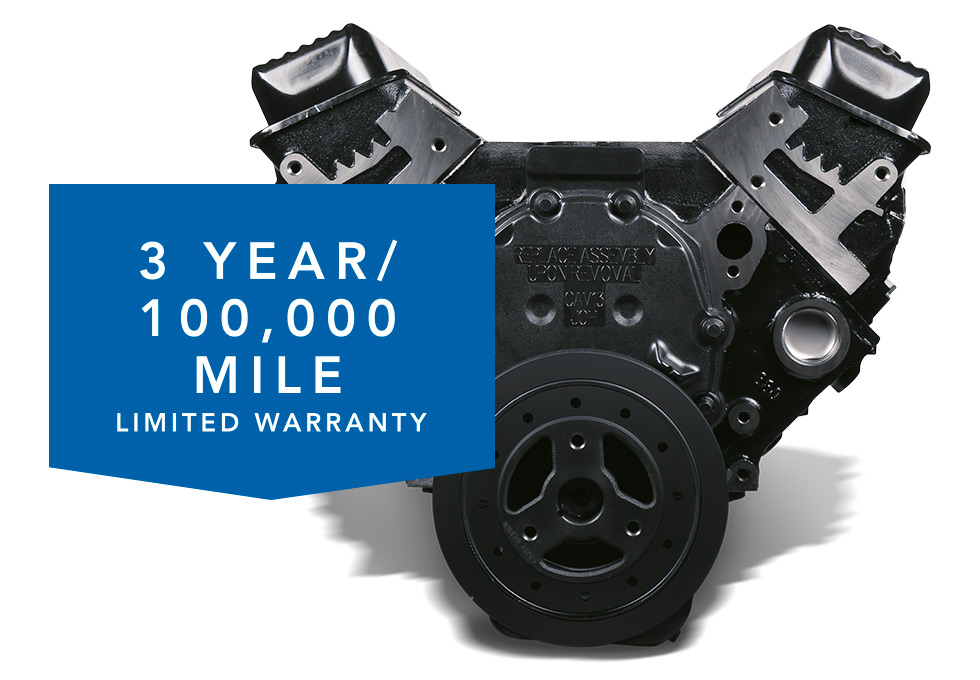yup, pass
suggest also consider cn 638 block --- 350ci, 1 pc rms, ready for (or has) OE roller lifters and step-nose roller cam. Immediately pre-dates 880 block. Most TBI 350s have 638.
That’s the cn of the motor I was looking at but have decided to pass on. In my research on the 638 and 880 blocks, I’ve found a couple of mentions of 638 blocks where the lifter bores had some sort of counter bore which created a problem with using the taller, roller lifters. Something about the oil hole in the lifters being exposed during lift, and then losing pressure. The motor in question is a 4 bolt version, HFT equipped motor that is indeed fully machined for all the OEM roller components.
The other concern is the unknown condition of the bottom end. If I’m going to pay more than $600 for a build candidate, I’d like to be confident I can reuse everything in the bottom end except the bearings, rings, and even an oil pump. The cost of boring, crank, rods, and pistons adds up quickly.
Thoughts?


